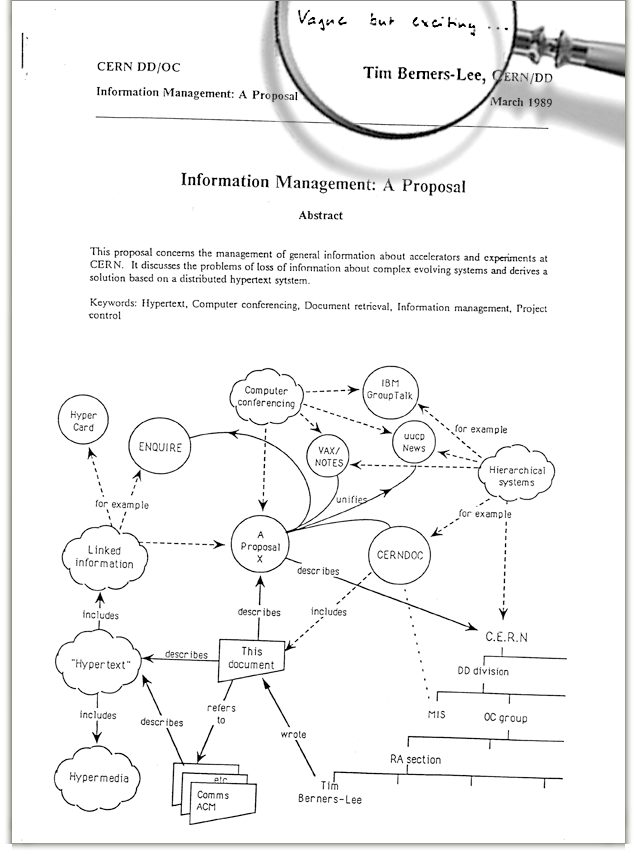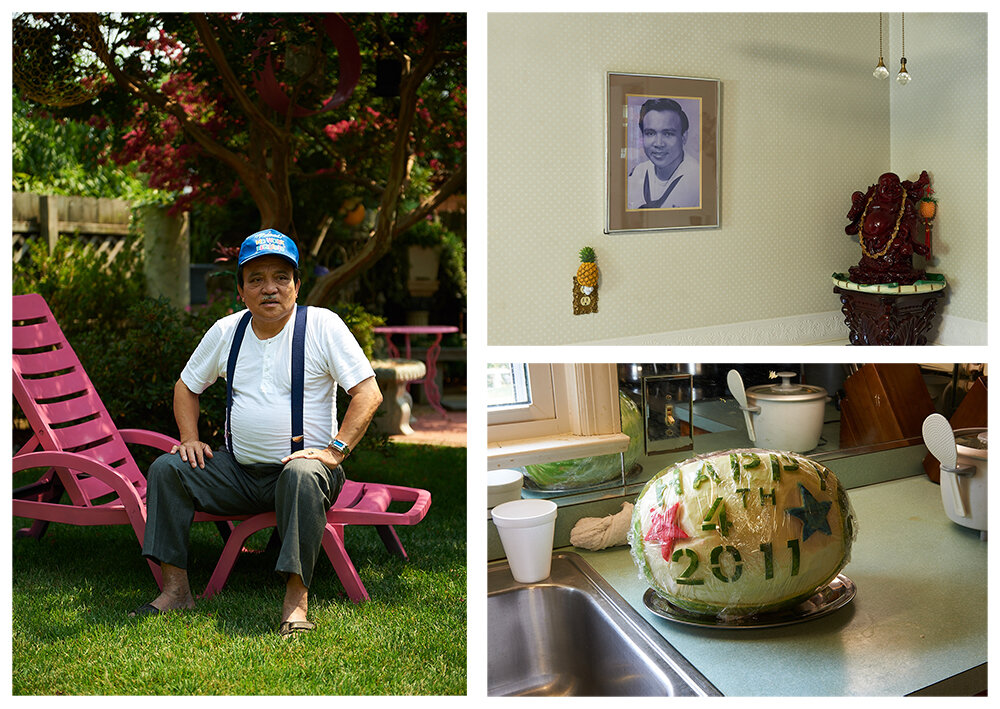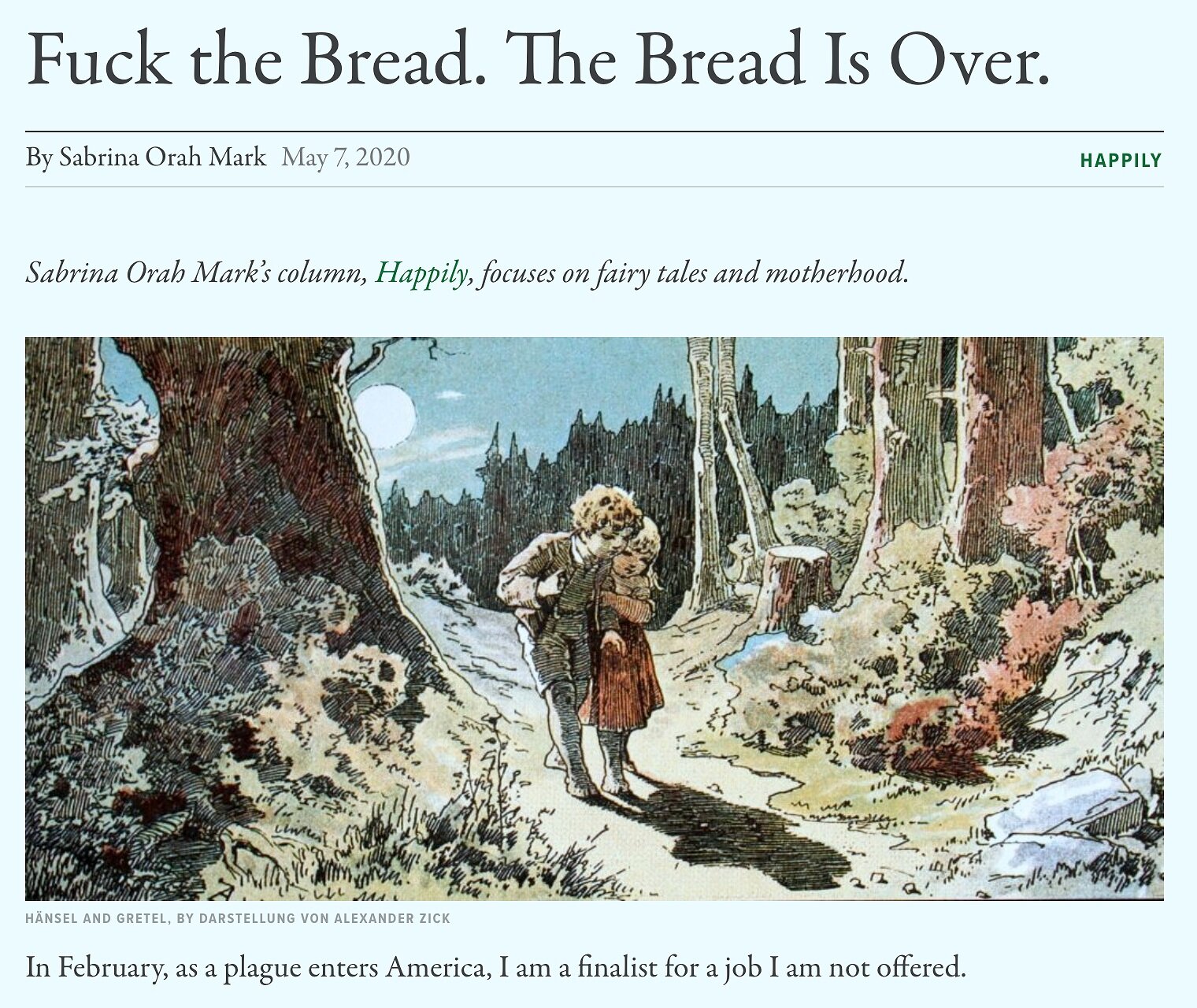From a post on Investopedia:
“The network effect is a phenomenon whereby increased numbers of people or participants improve the value of a good or service. The Internet is an example of the network effect. Initially, there were few users on the Internet since it was of little value to anyone outside of the military and some research scientists.
However, as more users gained access to the Internet, they produced more content, information, and services. The development and improvement of websites attracted more users to connect and do business with each other. As the Internet experienced increases in traffic, it offered more value, leading to a network effect.”
From an essay by Dean Terry at Glasstire:
“So how do our considered, thoughtful posts about our life’s work fit in this context? A delicate drawing; an honest, wrenching poem? Not to worry: nearly 50,000 Facebook employees are on it. The drawing is analyzed with computer vision and AI and the poem is parsed and correlated with advertising profiles.”
From an interview with American Artist at Hyperallergic:
“People often ask artists “who is your target audience?” but I think this misses the point. First of all it sounds like a corporate marketing survey, but secondly, artists don’t always control who sees their work. What I think artists should really be asking, when they ask themselves “who is the work for?” is who is your work creating space for? Who is your work extending the life span of? Whose ancestors is your work defending? Who will see an image of their self in your work and what kind of image will it be?”
From Our Data Bodies resource, Digital Defense Playbook (PDF):
“In order for us to understand and confront the ways in which data-based technologies are being integrated into our everyday lives and impacting our ability to self-determine and thrive, we must first understand how our communities—ones marginalized by race, class, gender, sexuality, immigration status, and other natural and imposed identities—are impacted by data-based technologies”



































